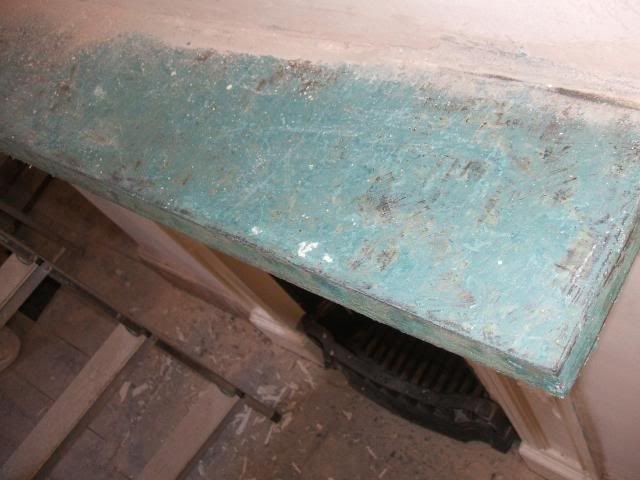Hi there,
I've just started stripping the gloss paint from my fireplace using Nitromors paint stripper.
I've managed to get down to the bottom layer of the mantelpiece quite quickly and have found this strange green stuff... ( see pic below ).
While the rest of the paint blistered and was easy to strip away this green stuff does not blister. Instead it turns into a sludgey paste and while I can scrape some of it away, much as you would remove excess butter from a slice of bread it's proving very difficult to remove all traces. The stuff left on just sets hard again after a while.
Does anyone know what would be the easiest way to remove it altogether?
I wondered if I should soften it up again with some more paint stripper and then use some kind of detergent to wash it off or is there a better way?
Hope someone can give me a clue

I've just started stripping the gloss paint from my fireplace using Nitromors paint stripper.
I've managed to get down to the bottom layer of the mantelpiece quite quickly and have found this strange green stuff... ( see pic below ).
While the rest of the paint blistered and was easy to strip away this green stuff does not blister. Instead it turns into a sludgey paste and while I can scrape some of it away, much as you would remove excess butter from a slice of bread it's proving very difficult to remove all traces. The stuff left on just sets hard again after a while.
Does anyone know what would be the easiest way to remove it altogether?
I wondered if I should soften it up again with some more paint stripper and then use some kind of detergent to wash it off or is there a better way?
Hope someone can give me a clue


